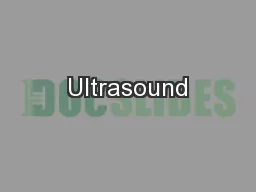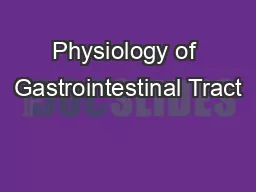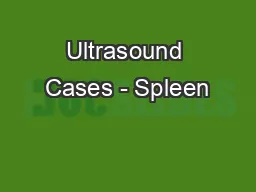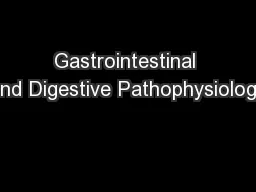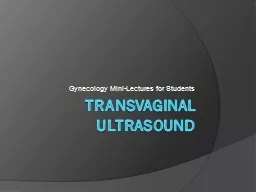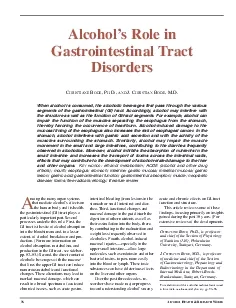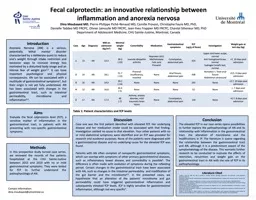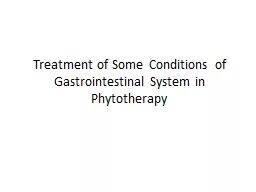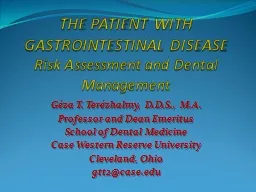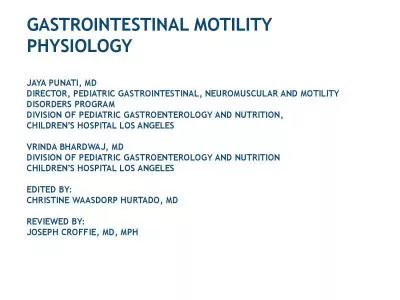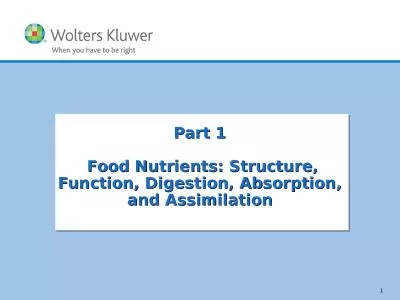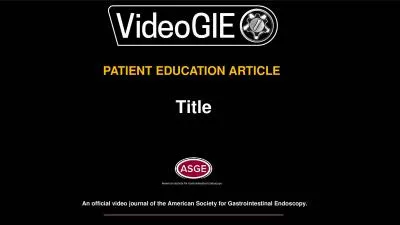PDF-Ultrasound of the gastrointestinal tract
Author : hanah | Published Date : 2022-09-23
1 EFSUMB European Course Book Editor Christoph F Dietrich Transabdominal ultrasound of the gastrointestinal tract Alois Hollerweger Klaus Dirks Kazimierz Szopinski Corresponding
Presentation Embed Code
Download Presentation
Download Presentation The PPT/PDF document "Ultrasound of the gastrointestinal tract" is the property of its rightful owner. Permission is granted to download and print the materials on this website for personal, non-commercial use only, and to display it on your personal computer provided you do not modify the materials and that you retain all copyright notices contained in the materials. By downloading content from our website, you accept the terms of this agreement.
Ultrasound of the gastrointestinal tract: Transcript
Download Rules Of Document
"Ultrasound of the gastrointestinal tract"The content belongs to its owner. You may download and print it for personal use, without modification, and keep all copyright notices. By downloading, you agree to these terms.
Related Documents


